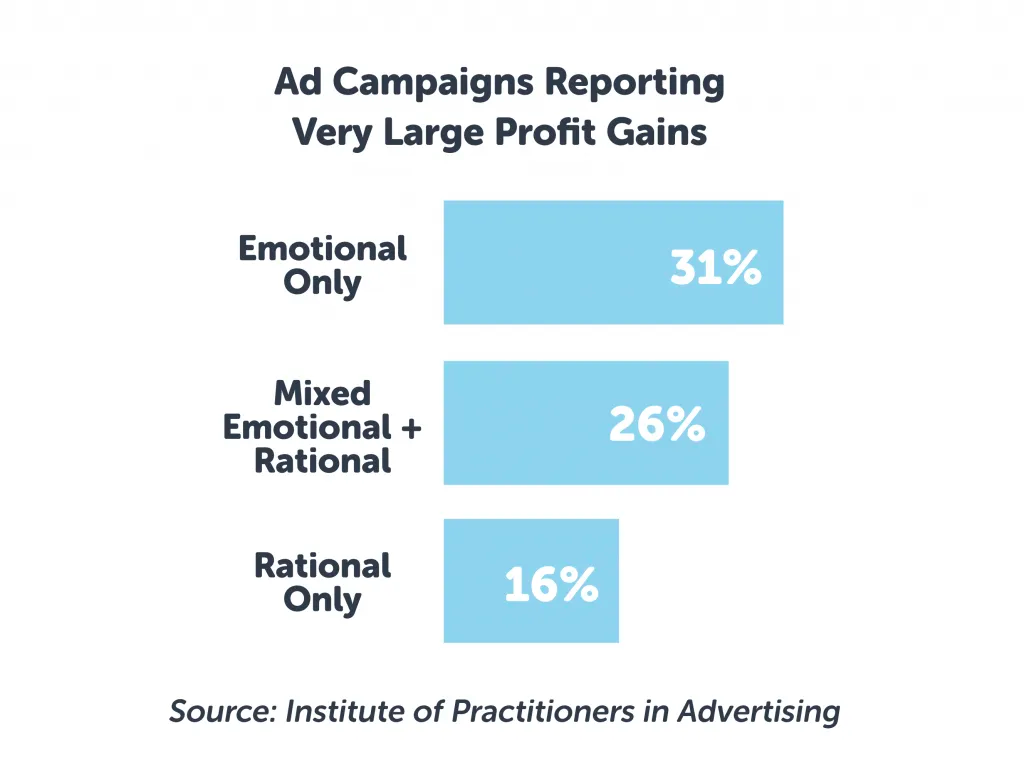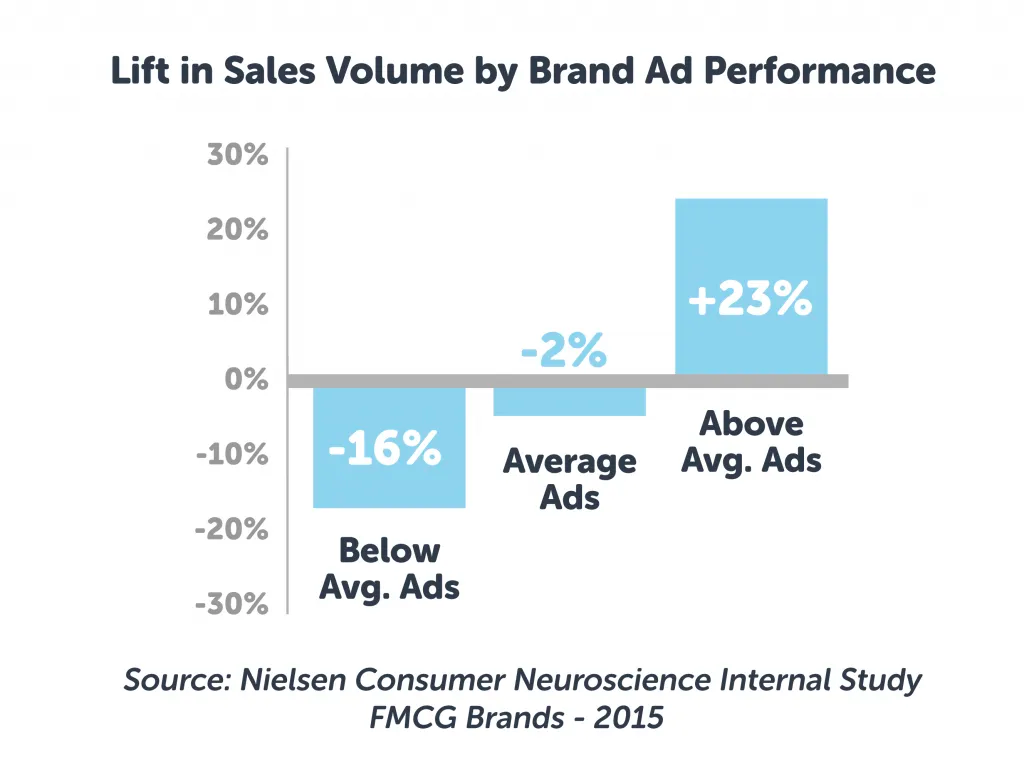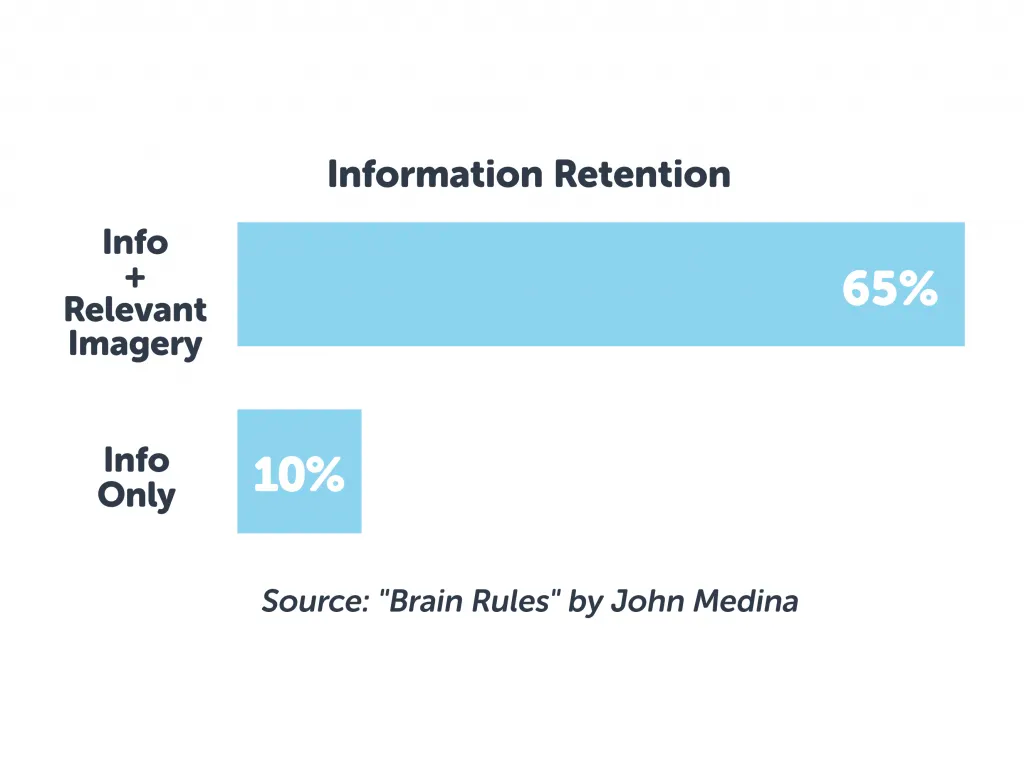My husband always teases me, saying that I’m a point-of-purchase marketer’s dream prospect because I’ll stick anything in my shopping cart if it tugs on my emotions or reminds me of happy times or fond childhood memories.
Over the years, I’ve spent thousands of dollars on toys, candies, foods, and even clothes for my kids because they represent something I loved, thought was cool, or always wanted when I was a kid. It’s why I introduced my kids to movies like Goonies, Princess Bride, Star Wars, and Back to the Future, and cartoons like Duck Tales, Tailspin, Rescue Rangers, Gummy Bears, and Fraggle Rock. It’s why I buy superhero t-shirts, wall mount lightsabers, and have more Legos than any one family should ever own.
Marketers selling to my demographic — well-off adults aged 35-50 —understand one thing better than anyone else: buying decisions are based on emotions.
Consumers make decisions, especially buying decisions, with their hearts. Their decision to make a purchase or invest in something is tied to how it makes them feel or how they believe it will make them feel. They then justify the buying decision with their brain, identifying features, facts, and logic to back up their decision and affirm it was a good one.
More simply put:
People buy with their hearts (“I loved that video game as a child!”) and justify the purchase with their heads (“And I need to get Jamal something for his birthday anyway.”)
Understanding Emotional Brand Triggers
At one of the very first marketing conferences I attended, I discovered a valuable resource for identifying emotional brand triggers for my clients. It’s a list of 50 emotional reasons people buy from the book Guerrilla Marketing by Jay Conrad Levinson. And I have used this list to help my clients sell more products and services.

After you identify the emotions that motivate your customers to buy, you can craft your brand narrative to elicit them. You can fashion your sales funnels to trigger powerful emotions at key conversion moments. As a result, customers convert faster and more consistently. Like me, they’ll add the Star Wars Death Star Christmas Tree Topper to their cart—not because they need it, but because they love it.
List of 50 Reasons Why People Buy
Effective marketing triggers the emotions that consumers like me feel when we think about childhood pop culture brands and products. Nostalgia is contagious—we desperately want to share such bygone feelings with our friends and family. It’s a powerful motivation to buy. But nostalgia is only one of the many reasons why people purchase. Here are 50 other emotional needs consumers fulfill by purchasing products and services. Use these emotional triggers to win consumers’ hearts—and explode your conversion rate.
- To make more money
- To save time
- To become more comfortable
- To become more fit and healthy
- To attract praise
- To attract the opposite sex
- To increase enjoyment
- To protect their family
- To possess things of beauty
- To emulate others
- To avoid criticism
- To protect their reputation
- To make work easier
- To feel superior
- To speed up work
- To be trendy
- To keep up with the Joneses
- To look younger
- To preserve the environment
- To become more efficient
- To satisfy an impulse
- To buy friendship
- To save money
- To avoid effort
- To be cleaner
- To escape or avoid pain
- To be popular
- To protect their possessions
- To gratify curiosity
- To be in style
- To satisfy their appetite
- To avoid trouble
- To be an individual
- To access opportunities
- To escape stress
- To express love
- To gain confidence
- To be entertained
- To be informed
- To be organized
- To give to others
- To feel safe
- To feel younger
- To conserve energy
- To pursue a hobby
- To be accepted
- To leave a legacy
- To be excited
- To feel opulent/affluent
- To communicate better
Leveraging Emotional Brand Triggers
If you’ve been in business for any length of time, you’ve heard marketing adages like:
- “Speak directly to your ideal client”
- “Use targeted messages”
- “Communicate the emotional benefits over the logical features”
Together, these nuggets of wisdom point to the main goal of marketing: Matching the right person with the right message at the right time. To do this, you need to know three things:
- Your customers’ emotional triggers: What motivates them to act
- Effective messaging: What customers need to see and hear to trigger those emotions
- Timing: The moment in the funnel to deliver your messaging with maximum impact
Emotions Matter
The idea of triggering emotions in consumers isn’t just some fashionable business trend. It won’t be replaced by next year’s “it’s all about the logical argument” marketing craze. Emotions are primal; they’re deeply connected to our motivation. And they’re always present at some level in our decision-making process. Even the most stoic and rational among us are vulnerable to effective marketing that triggers our deepest fears and desires. Science has proven this is the case:

- According to Psychology Today, fMRI neuro-imagery shows that consumers use emotions rather than information to evaluate a brand.
- A 2016 Nielson report states that emotions are at the heart of the relationship consumers have with brands, influencing conscious decisions and driving non-conscious decisions, and that more often than not, consumers base their decisions on less-than-rational considerations like instinct, gut feel, fit, and impulse. The same study showed ads with the best emotional response scores were associated with a 23% lift in sales volume over what an average ad would generate, while ads with below-average emotional response scores were associated with a 16% decline in sales volume.
- Another study proved that successful advertising campaigns with purely emotional content performed about twice as well (31% vs. 16%) as those with only rational content, and a little better (31% vs 26%) than those that mixed emotional and rational content.
A brand’s long-term success depends on the emotional connection it forms with its audience, for it’s the emotions associated with the brand that will drive repeat purchases, referrals, and social shares.
Every piece of marketing content you create, every website you design, every sales page you create should be designed to influence the audience, invoke specific feelings, and influence decisions. Whether you want to make them angry, get them excited, make them sad, encourage them to persevere, increase confidence, inspire change, or create any other emotion, the better you are at tapping into their emotions, the more successful your marketing campaigns and website calls to action will be.
When your website, sales, and marketing content resonates with your audience and triggers the right emotional response, your ideal clients will:
- Believe in your story and message
- Feel like you know, understand, and “get” them
- Connect with your message and want to know more
- Have greater trust in your brand
- Think, “Yes! This is for me! This is what I have been looking for!"
How To Create an Emotional Connection
Once you understand the core reasons behind why your clients buy, you can begin to shape the brand story and brand experience around those motivators and the associated emotions.
You can do this with:
- Choice of words and tone of voice: “I do X faster than the competition” is much different than saying, “I’ll save you time” or “you’ll save time.” One is all about you and one is about the benefit to your client.
- Color: All colors have meaning. For example, blue is associated with open spaces, freedom, intuition, imagination, expansiveness, inspiration, and sensitivity, and represents depth, trust, loyalty, sincerity, wisdom, confidence, stability, faith, heaven, and intelligence. While red is associated with love, passion, desire, heat, lust, romance, assertiveness, strength, leadership, courage, aggression, vigor, willpower, rage, anger, danger, and stress, and represents action, confidence, courage, survival, and self-preservation.
- Imagery: When people hear information, they’re likely to remember only 10% of that information three days later. However, if a relevant image is paired with that same information, people retained 65% of the information three days later.
- Typography: Just as colors have meaning, typefaces have meaning. Sans serif typefaces are seen as modern, corporate, innovative, forward-thinking, and advanced, while serif typefaces feel classic, traditional, established, historic, and trustworthy.
- Design: Whether the design is clean and simple, flat and modern, cute and whimsical, or layered with lots of drop shadows, every choice you make in the design of a website or marketing piece creates emotion and meaning, and every element can either cause distraction or move a prospect toward a buying decision.

The Bottom Line
What motivates your clients? Is it fear, leadership, guilt, value, trend-setting, time, competition, belonging, trust, or instant gratification?
When you understand the motivations behind why your clients buy and the emotions attached to those motivations, you will have the power to create powerful marketing messages, emotional brand stories, targeted sales, advertising campaigns, and compelling sales funnels that attract ideal clients like crazy, compel them to take action, and skyrocket your conversion rates.
Improve Brand Experience With a Faster Store
Managed WooCommerce Hosting was purpose-built to reduce query loads by up to 95%, which means your site will run at peak performance and provide a great customer experience. And with built-in features like premium plugins and cart abandonment technology, your customers' brand experience will be even easier to manage.
Check out our fully managed WooCommerce hosting plans to get started today.

